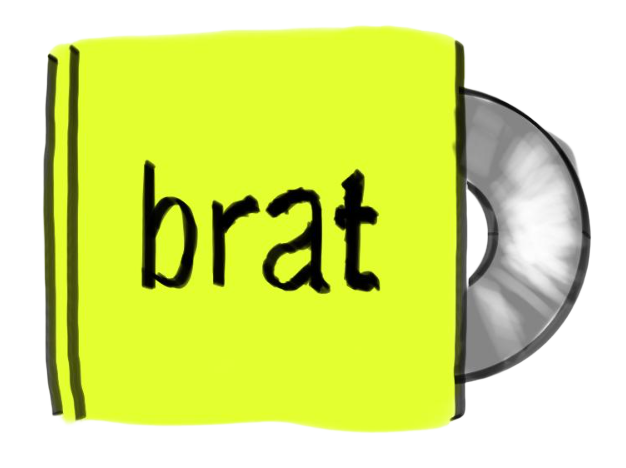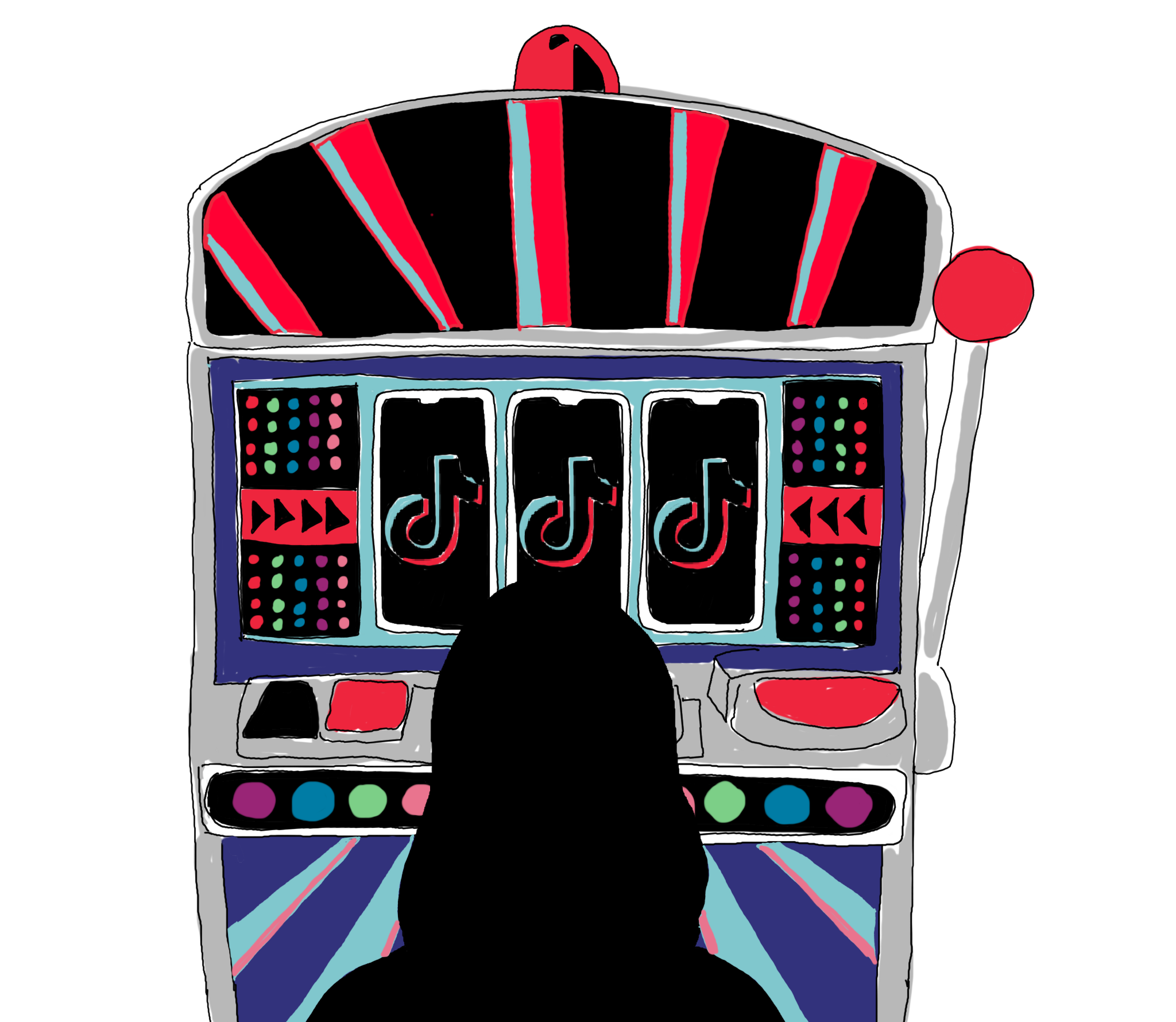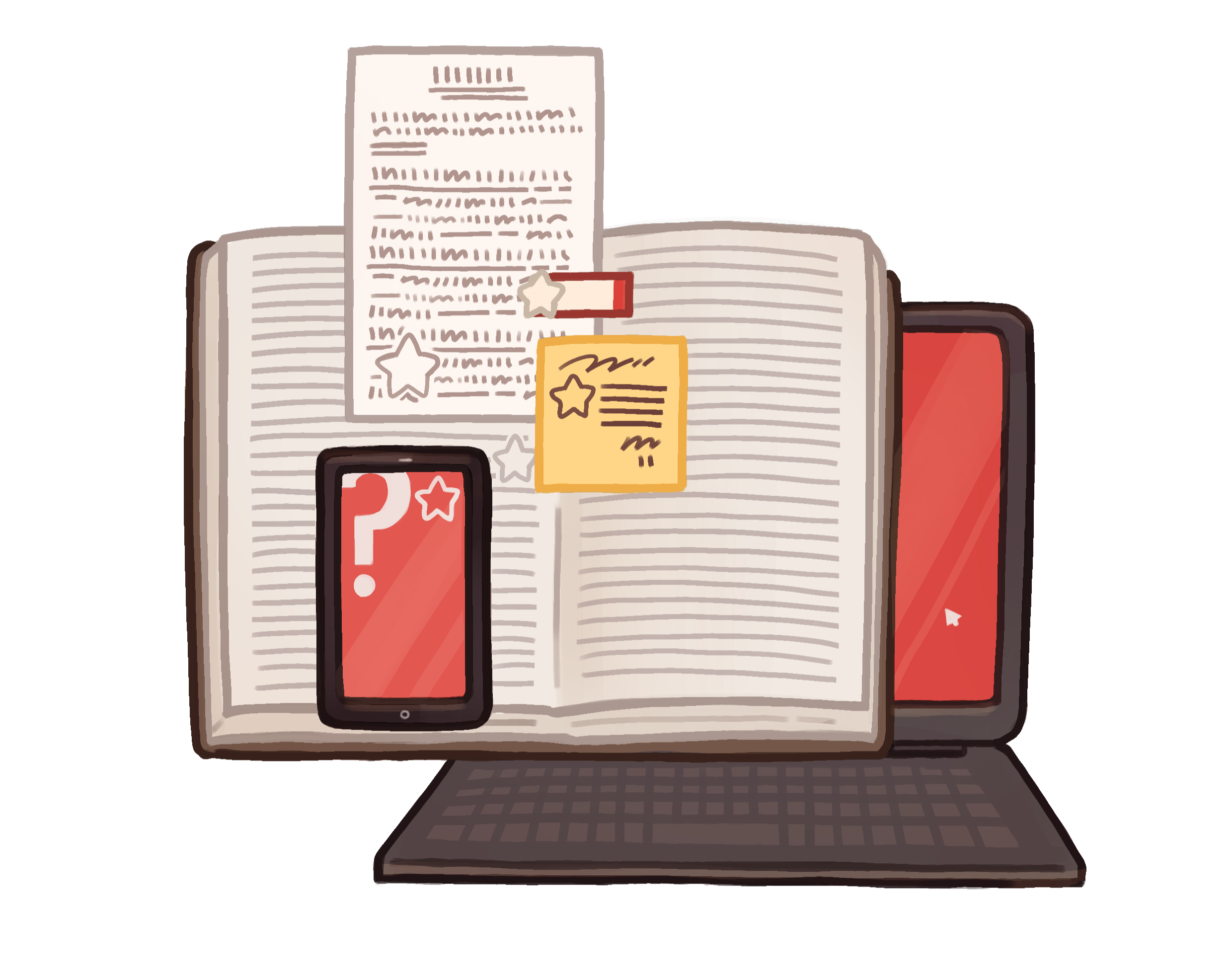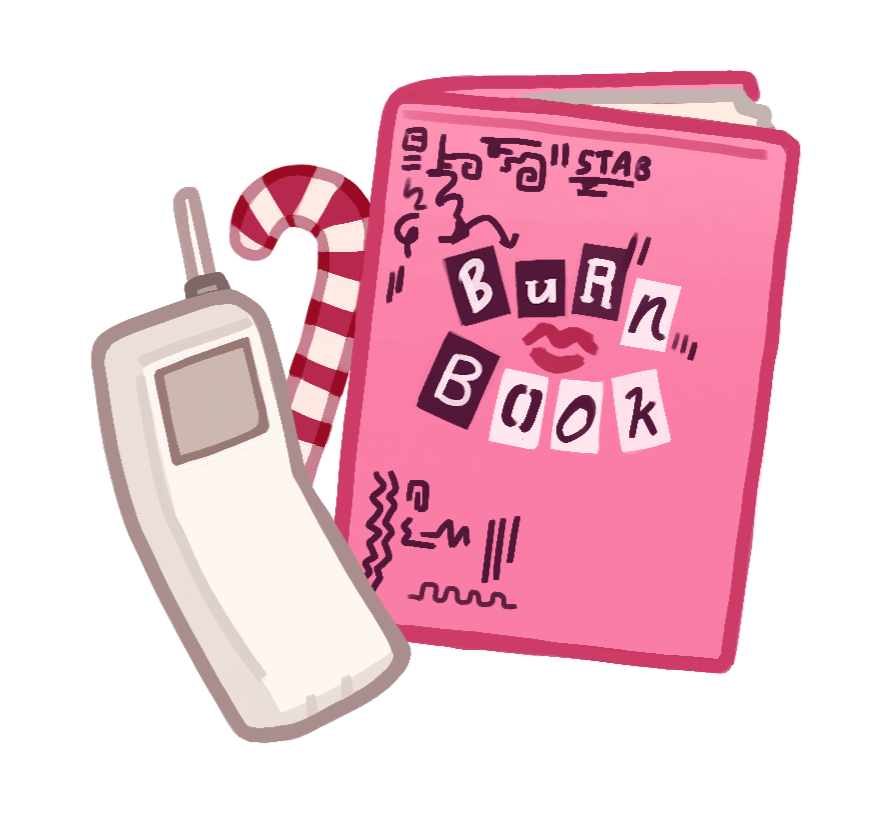By Sophia-Ines Klein
Fashion week, the distant, yet so deeply desired event to snag an invite to. With TikTok boosting the enchanting glamour of a career in fashion, more hopeful eyes have turned towards fashion week as a window into the industry. This past month, London Fashion Week (LFW) rolled in with shows popping up all over the city, and a catwalk of fashion professionals rushing between.
Post LFW Autumn/Winter 2024, I spoke to two young people, Amelie and Sabrina, both in the midst of the action to reveal what it is like both working and attending shows. They offered a rather optimistic perspective of Fashion Week for hopefuls looking to get involved in coming seasons.
Amelie Rachelle Foo is a 2nd year Singaporean Fashion Marketing and Consumer Behaviour student at the London College of Fashion (LCF) in the University of the Arts London. She is currently interning with London-based luxury brand, Huishan Zhang in PR, merchandising, and sales. This past February being her 3rd season, she shares insight on the reality of working LFW.
Sabrina Ciauri, British American Masters student at LSE gleefully told me that a lot of people in the industry are more willing to help you out than you would expect. She studies Global Masters in Management at LSE, and having started sewing at 6, she now leads her own brand, Via Ciauri, with her sister Mia. Her entrepreneurial experience first brought her into the fashion, but she has also ventured into other sectors, including journalism, and sales.
With her multifaceted experience, and Amelie’s exposure to work backstage, they excitedly shared industry secrets that they have learnt along the way.
SK: How did you first get involved?
Having first attended a year ago, the prospect of being involved in LFW was a big push factor that led to Amelie pursuing a degree in fashion in London. She recounted how she emailed brands and PR agencies and received a few invites to attend shows during the Autumn/Winter 23 season in February last year. This year, she wanted to be involved backstage and had the opportunity to help out at the Yuhan Wang and Ray Chu shows. Her current internship gave her the opportunity to see the whole pre-show process and “work on various fronts, from e-commerce shoots, to castings, to model fittings, to styling, and then the show day itself.”
SK: Can you walk me through a typical day in LFW?
Sabrina emphasised that the few shows she attends in a day does not compare to a typical day of professionals in high guestlist demand, like the editor-in-chief of a magazine, who would attend a minimum of 8 shows a day starting as early as 8:30 am. She outlined how majority of attendees are press, influencers and celebrities, and buyers.
“I think there are a lot of things that people glamorise. Like the fact that people are in heels all day. I’ve seen so many people walk around the corner of the show, take the heels off, put them in a bag, and get on the tube! That’s most people for fashion week, because the reality is that a lot of people in press, and buyers go to 10, 15, or more shows in a day,” she revealed.
However, celebrities, whose LFW experience we more commonly see, go to fewer shows. She reflected on a time she saw Kelly Rutherford at the Mithridate show she attended saying “as soon as she turns up, she’s got to put a lot of work into that appearance, into that outfit, wearing the brand as well.”
Sabrina interestingly told me that the PR teams are the big players in fashion week, being the ones who formulate guestlists. “They are really the ones making sure that the people who need to be there, are there.”
Amelie recounted a typical day working show emphasising the importance of being ready for any ad-hoc task given to you, sometimes involving carrying out final amendments to garments. “Usually, I’m assigned to dress a model with another intern. I have to get myself familiar with the looks, make sure I have all the accessories ready, be aware of the many intricate details like ribbons or even sock placement.”
SK: What aspect of the brand’s pre-show process was your favourite?
Through her internship experience, Amelie got to see final the work that leads up to the show, highlighting that stylist and model casting were here favourite processes.
“The styling was fun because it was very intimate, with just the Huishan Zhang team and interns involved. I really got to see the entire thought process behind a look. For each look, we tried many variations, just to make sure that each piece was styled perfectly. It’s a really long process, but it’s super interesting to see how it all comes together in the end.”
During the model casting, she realised the unexpected importance of choosing the perfect model to elevate each look. “With each outfit looking different on everyone. It’s really important to cast the right model, and style each look perfectly to enhance the look.”
SK: What makes LFW different from the other fashion weeks?
Sabrina described LFW as being the best fashion week for upcoming designers. “LFW has changed a lot over time. It used to be this space where we saw a lot of big luxury British designers, but the majority of those luxury players have migrated to Milan.”
“We have very much a focus on sustainability, although not as much as Copenhagen, but are different, edgy, and new.”
“It’s exciting because you get to see new textures and materials, it’s very innovative,” Sabrina said as she reflected on London’s unique fashion scene.
SK: What is the biggest lesson you’ve learnt at LFW?
“A lot of people coming in think that fashion is not a warm space, and I realised that that’s not a good way to approach it. There are so many people in the industry who want to help you,” said Sabrina as she emphasised the importance of learning from others.
She boasted her most effective tool of a coffee date! “Network, network! You might not want to do exactly what they do, but by getting a coffee with them, you’re going to start learning so much about the industry, and they might know someone who could help you.”
“It’s about being very genuine. The best way to approach it is as building friendships and relationships.”
SK: What is your advice for someone hoping to get involved?
Amelie and Sabrina both gave me tangible approaches to getting through the door. It was reassuring to hear that fashion industry hopefuls can gain access to opportunities in LFW, even at the start of their journey.
“Most entry-level roles in the fashion industry are volunteer-based, even as an intern my role is voluntary,” said Amelie on her current role at Huishan Zhang. “It’s all for your own experience and it’s very rewarding”
Sabrina advised that most positions in fashion expect past experience. “If you don’t have any, I would take some courses. Central Saint Martins and LCF have great short courses. I did those and they really helped me learn about the industry.”
Based on her own experience, she advised contacting professionals to be speakers at events, applying for internships, temping in sales, and pitching to fashion magazines as great first steps.
Amelie also highlighted maintaining a relationship with brands you work with, a step she took that gave her the opportunity to work their show for a second season. “It’s really about putting yourself out there and not being afraid!”
My conversations with Amelie and Sabrina illuminated so many aspects of LFW that I had no idea about. With LFW being over-glamorised, and it feeling so distant, it is nice to hear their optimism towards a career in fashion, and the warmth of the industry many in London have their sights set on.
Photo by Amelie Rachelle Foo





